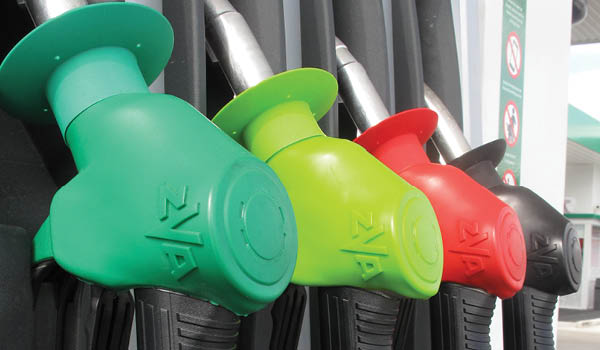The Australian Competition and Consumer Commission (ACCC) says petrol profit margins have reached their highest level on record.
The ACCC’s fourth quarterly report on the Australian petroleum industry for 2015 found gross retail margins (GIRDs) in the September quarter were at their highest level since the watchdog began monitoring in 2002.
Average GIRDs in the five largest cities were 11.8 cpl, an increase of 1.3 cpl from the June quarter. Sydney and Brisbane had the highest GIRDs in the September quarter, at around 14 cpl, 6 cpl higher than in Melbourne.
Rod Sims, ACCC chairman, said margins in Brisbane have been consistently higher than the other major cities in recent years.
“We will be closely monitoring gross retail margins in the coming months, because high retail margins likely indicate increased profits of the petrol companies at the expense of motorists.”
According to the report, the average retail petrol price in the five largest cities (Sydney, Melbourne, Brisbane, Adelaide and Perth) was 133.2 cents per litre (cpl) in the September quarter, down 2.6 cpl from the June quarter (135.8 cpl).
International prices decreased during the quarter due to a rise in crude oil supplies in global markets. The AUD–USD exchange rate also fell by 9 per cent during the quarter, from USD 0.77 to USD 0.70.
“Retail petrol prices did not fall by as much as international prices, in part due to a weaker Australian dollar,” Sims said.
“The exchange rate can have a huge impact on prices at the pump. For instance, if the AUD–USD exchange rate was at the same level as it was in January 2013 (USD 1.05), retail petrol prices in the September quarter 2015 would have been around 20 cpl lower.”
Quarterly average GIRDs in the five largest cities, in real terms: December quarter 2007 to September quarter 2015

During the quarter the differential between retail petrol prices in regional locations and in the five largest cities increased from 0.7 cpl in June 2015 to 5.3 cpl in September 2015. This was well below the peak differential of 17.6 cpl in January 2015.
“The very high differential we saw in late 2014 and early 2015 was a result of regional prices being slow to fall following large decreases in international prices,” Sims said.
“In contrast, the very low differential in June 2015 was due to prices in regional locations being slow to rise following a large rebound in international prices. We are now seeing the differential return to a point more in line with historical levels.”
Sims also noted some of the work being done by the ACCC into petrol markets in regional locations.
“The ACCC has recently released its report into the Darwin petrol market. The report found that high prices in Darwin in recent years added around $9 million per year to the petrol bill for Darwin motorists. The report also found that net profit per site in Darwin was extremely high, at around $1.2 million per site in 2013–14. This was significantly higher than in Adelaide, where net profit per site for most of the same companies ranged from $100 000 to $200 000.”
The report found that in 2013–14 annual average petrol prices in Darwin were around 170 cpl, among the highest in Australia. Sims said the higher prices and profits in Darwin were evidence of weak retail competition.
“We hope that the findings from the Darwin market study, as well as from future market studies, will provide a better understanding of why petrol prices in many regional locations are as high as they are,” Sims said.

